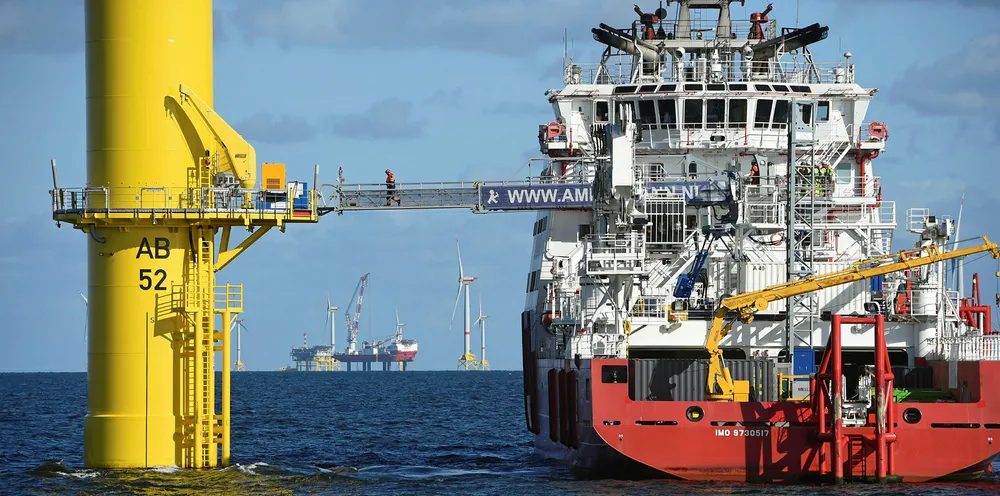'Colossal' $35bn offshore wind spree keeps global renewables spend growing despite Covid
Massive project investments outweigh declines in onshore wind and solar to secure year-on-year growth in first half, says BloombergNEF

Massive project investments outweigh declines in onshore wind and solar to secure year-on-year growth in first half, says BloombergNEF
